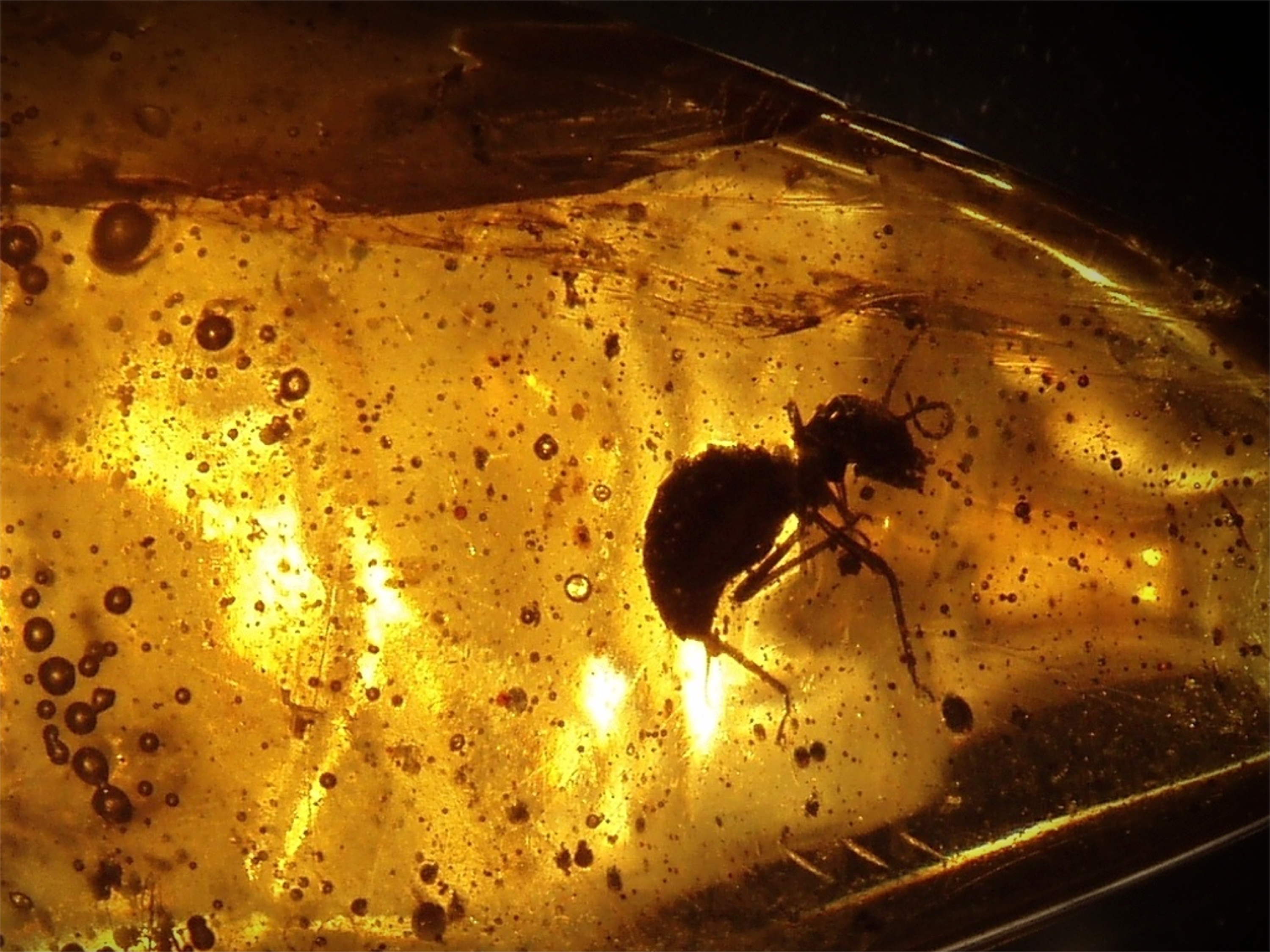 |
| Image from Pinterest |
Great question!
 |
| Structure of a typical chemical synapse. Image from Wikipedia |
SDGNA
- Seratonin
- Dopamine
- Glutamate
- Norepinephrine
- Acetylcholine
Clostridium products are already used in medicine: "BOTOX", for example.
Another quirk about these SDGNA active chemicals is that they have astronomical half-lives compared to most other drugs used to treat ADHD, Depression/Anxiety and Psychosis/Emotional Dysregulation.
The plot thickens
One species of Clostridium (C. botulinum) has been documented as having seven different strains (A, B,...,G) each producing a unique toxin. C. botulinum also exists as an eight, non-toxin producing strain.
 |
| Image from Wikipedia |
This is germane because virus do not have a review-and-edit function when they replicate. It is as if you were retyping a manuscript and were not able to see the screen of your word processor and correct errors as they occurred. And then you took the copy you had just typed and used it as the master for then next copy. Over hundreds of generations the manuscript would mutate to something that only vaguely resembled the original.
So it is with virus. Virus mutate rapidly. A bacteria with the ability to trap viral DNA could exist in as many variants as there were of the viral partner as it mutated through history.
Consequently, it plausible to assume that there are between 20 and 200 strains of C. botulinum worldwide with SDGNA active chemicals that have not come to the attention of science because they are less toxic than the seven strains that have been identified so far.
That is why it might be profitable to collect as many indigenous strains of Clostridium possible. Pharmaceuticals.
No comments:
Post a Comment
Readers who are willing to comment make this a better blog. Civil dialog is a valuable thing.